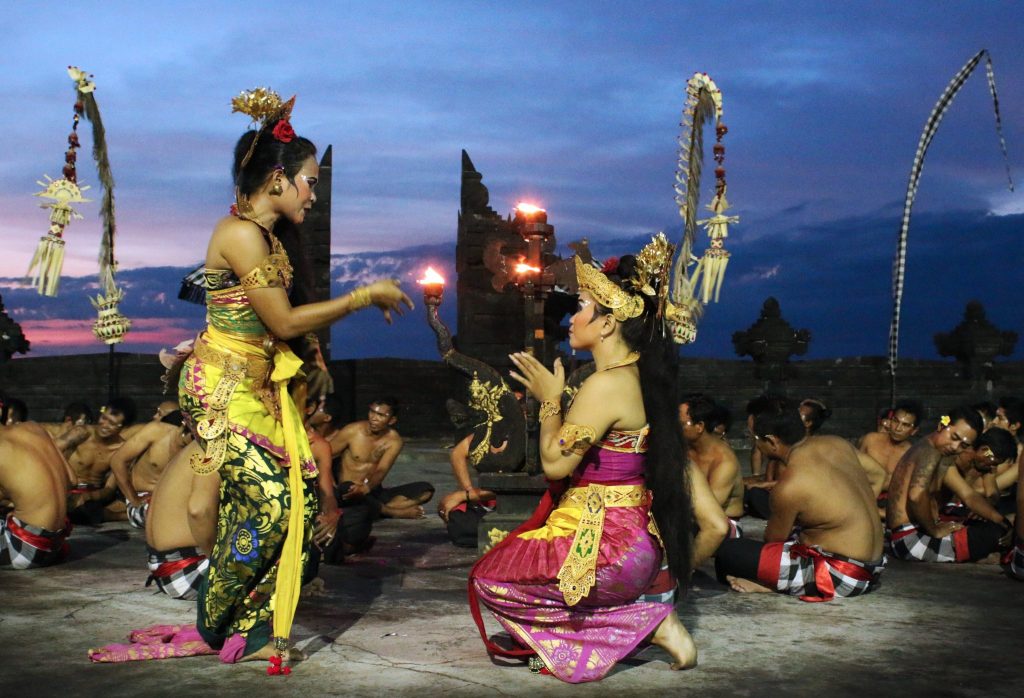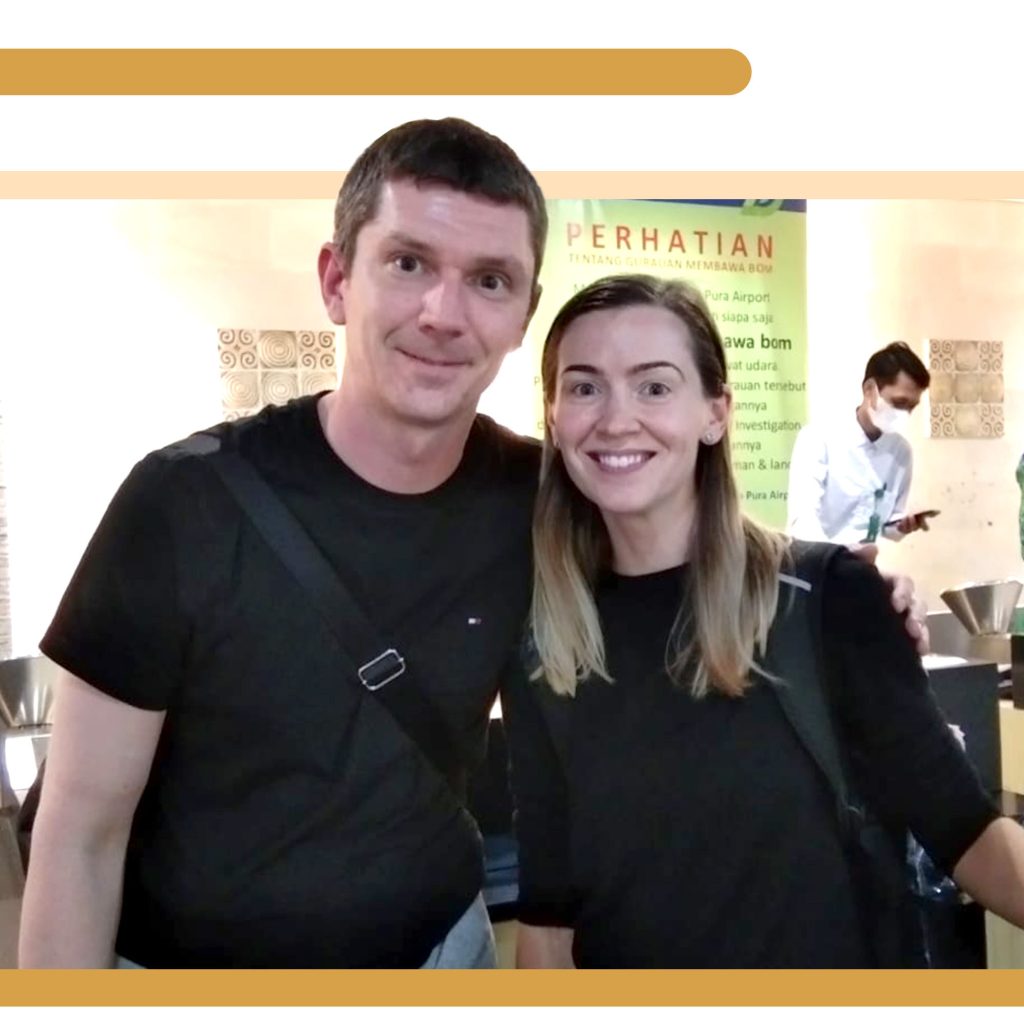
The history of the Kecak Dance is a fascinating journey through the cultural heritage of Bali, Indonesia. This traditional dance form is not only visually captivating but also holds deep cultural and historical significance. Here is a brief history of “The Kecak Dance.”
Origins: The Kecak Dance, also known as the “Tari Kecak” in Indonesian, originated in the early 1930s in the village of Bona, Gianyar, Bali. It was created by a Balinese dancer and artist named Wayan Limbak in collaboration with German painter and musician Walter Spies. Inspired by traditional Balinese rituals and mythology, they aimed to develop a new, unique performance that would showcase the essence of Balinese culture.
The Ramayana Connection: The Kecak Dance is based on a specific episode from the ancient Indian epic, the Ramayana. The episode, known as the “Sita Haran” or “Abduction of Sita,” tells the story of the beautiful princess Sita’s kidnapping by the demon king Ravana and Lord Rama’s efforts to rescue her with the help of the monkey god Hanuman. This story is a central theme in many Kecak performances.
The Chanting Choir: One of the most distinctive features of the Kecak Dance is the vocal element. Instead of using traditional musical instruments, a large group of male performers, often numbering in the dozens or even hundreds, sits in a circle and chants the word “cak” repeatedly in a rhythmic and synchronized manner. The word “kecak” is derived from the sound of this chant. This vocal chorus serves as the main soundtrack for the dance.
Evolution and Adaptation: Over the years, the Kecak Dance has evolved and adapted to various contexts. While it maintains its traditional roots, it has also incorporated modern and contemporary elements, allowing for creative interpretations and performances. Today, you can find Kecak performances that blend traditional storytelling with modern dance forms, making it accessible to a broader audience.
Cultural Preservation: The Kecak Dance plays a crucial role in preserving Balinese culture and mythology. It serves as a means of passing down stories, traditions, and values from one generation to the next. Additionally, it has become a significant part of Bali’s tourism industry, attracting visitors from around the world who come to experience the unique charm of this traditional dance form.
Conclusion: “The Kecak Dance” is not just a dance performance; it is a living testament to the rich cultural heritage of Bali. Its evolution over the years reflects the dynamic nature of culture and the enduring power of storytelling. This unique dance form continues to captivate audiences and contribute to the cultural identity of Bali, reminding us of the importance of preserving and celebrating our cultural traditions.










